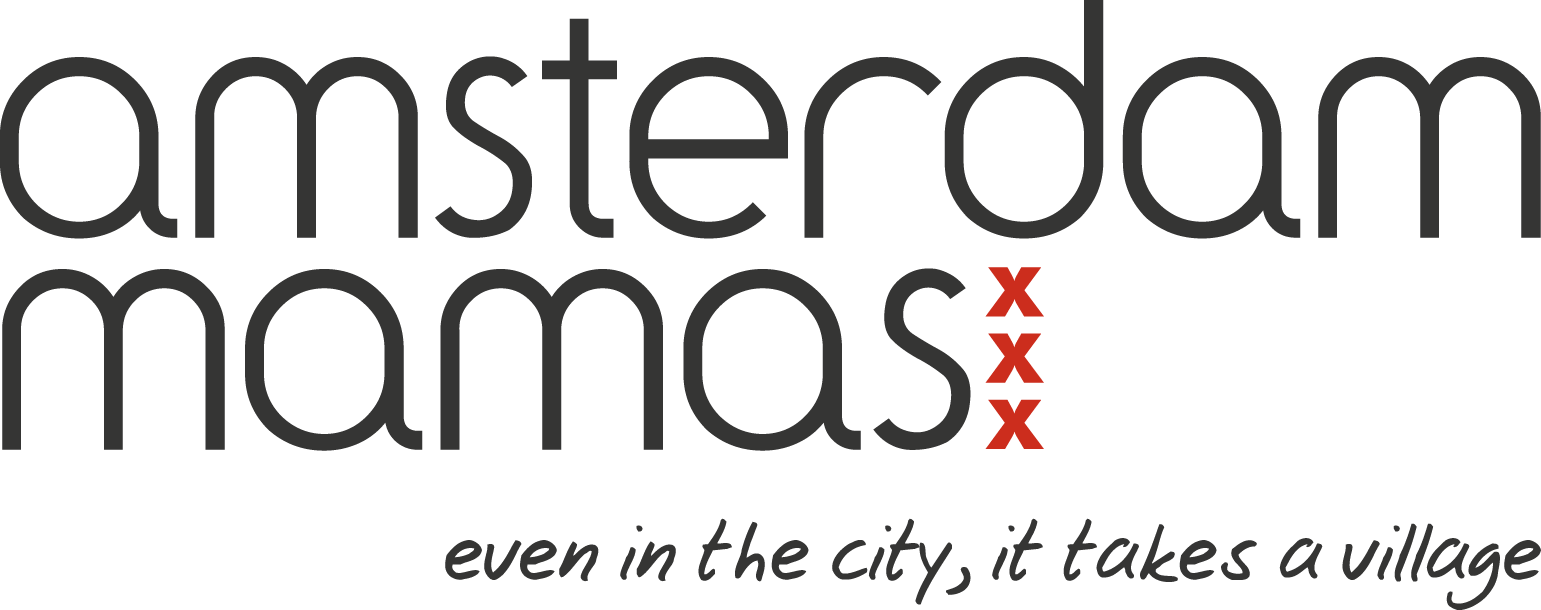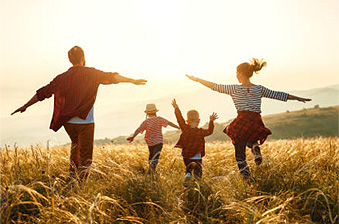What’s the upside to bare trees and cooling temperatures? Holiday season, of course! Now, thanks to the growing community of Indian Amsterdammers, holiday season begins even sooner. Amrita Suri and Tasneem Hatimbhai have joined forces to cover all things Diwali (14 November) and Durga Puja (22-26 October) and how to celebrate even during a pandemic.
Editor’s Note: All public celebrations of Diwali and Durga Puja have been cancelled because of the Novel Corinavirus and private gatherings are restricted. See here for latest measures.
What Is Diwali?
By Tasneem Hatimbhai
The story goes that when Lord Rama completed his fourteen years of exile and returned home with his wife Sita and brother Laxman after defeating the Demon Ravana, the people of Ayodhya lit hundreds of lamps to mark his path home and jubilantly welcome their King.
Thus, Diwali marks the victory of good over evil. For me, as for many others, Light, the central symbol of this festival, symbolizes victory over our demons, both external and internal.
In present times, Diwali is a celebration of the Hindu New Year. It’s a time of cleansing, of putting aside the old and making way for the new – a wonderful period of celebration with family and friends. New clothes, delicious food, love, and laughter make Diwali a time of year to look forward to, no matter where you are!
Diwali is celebrated widely in South Asia, Southeast Asia and the whole diaspora where people from these countries have settled. Each family and community has their own special way of celebrating. There isn’t one standard modus operandi. Since the Hindus follow a lunar calendar, the festival date changes each year in the corresponding Western Gregorian calendar.
How Is Diwali Celebrated?
On the first day of Diwali, called Dhanteras, families will be “spring cleaning” their homes. The word “Dhan” means wealth and “teras” refers to a particular date. This day is about celebrating prosperity. Most people try to buy something new for their home; gold jewelry, or a little gold memento is best, but even a household object like a pan or set of spoons is considered auspicious. There are several more traditions that mark the day … and one of them is gambling! Card parties are rampant as friends and family get together in the weeks leading up to Diwali to play “teen patti” or Flush. Many hundreds (of rupees) are made and lost, but it’s (mostly) always in good spirit!
On the second day of Diwali, you will find many homes with little diyas (earthen lamps, filled with oil and a cotton wick) lit at their doorsteps. Traditionally, the women and children of the home decorate the entrance with special, colourful designs of mangoes, flowers and peacocks. The patterns are called rangoli. This day is also called Choti Diwali or “Small Diwali”. The Goddess Kali and Lord Krishna are said to have destroyed the demon Narakasura on this day.
On the third day, Diwali, families gather together for Lakshmi Pooja, a prayer to the Goddess Lakshmi, who is known to be the Goddess of wealth and prosperity. Offices conduct a special prayer to bless their business. Books of accounts, or computers, get a special red tikka and bonuses and sweets are distributed to the staff. This is also the day for sharing and eating copious quantities of ladoos, halwas, and all sorts of other sweet and savoury treats. A typical scene would be kids dressed up in their finery running around lighting fireworks, the sky ablaze with light and colour, and the streets alive with the sounds of laughter and celebration. This day also happens to be the darkest day of the month – the new moon day. Goddess Kali is worshipped on this day as well.
New Year is normally celebrated on the fourth day of Diwali. This day is marked by friends and relatives visiting each other with presents and sharing more sweets and endless cups of chai. Freshly cleaned homes are open to many visitors and the day is a blur of greetings, hugs, chats, and treats.
The fifth and final day of Diwali is called Bhai Duj and it’s a special day to celebrate the bond between brothers and sisters. On this day, brothers visit their married sisters and they share a special ceremony, always followed by a grand meal.
It’s not easy leaving family, friends, traditions, and celebrations behind when you move to a new country. However, a festival like Diwali propels and compels you to find a way to celebrate. Amsterdam is now home to many families that celebrate Diwali. We have been lucky enough to find good friends who invite us to their homes and the community itself has grown large enough to support and organise many festivities across different locations in Amsterdam and The Netherlands.
Where to Celebrate Diwali?
By Amrita Suri
Nothing makes one miss home more than the memory of festivals celebrated with family and friends, the expansive spread of food, and frequent exchange of gifts. Living away from family and friends one has grown up with can be difficult at the best of times, but it’s especially tough during the festive season that is soon to begin. As an Indian living abroad I’ve missed celebrating Diwali with my family the most. Luckily, we can still celebrate Diwali with friends here in the Netherlands.
Saturday 7 November, from 14:00 onwards you can join the Diwali Festival Amstelveen online from the comfort of your home, free of charge. Link to the festival here.
Grocery Stores
Amstelveen
Restaurants offering Takeaway and/or Delivery
Other than these Diwali celebrations, there are many Hindu temples in The Netherlands where one can go to offer prayers on festivals and other occasions.
Like Diwali, Durga Puja also depicts the triumph of good over evil as it commemorates the victory of goddess Durga over Mahishasura, the buffalo demon. The festival begins on the same day as Navratri, a nine-night festival celebrating the divine feminine.
What is Durga Puja?
By Amrita Suri
Another major festival celebrated at this time of the year is Durga Puja. Celebrated predominantly in the western states of India – West Bengal, Odisha, Tripura, Bihar, Jharkhand – Durga Puja is observed to honour Goddess Durga. Like Diwali, Durga Puja also depicts the triumph of good over evil as it commemorates the victory of goddess Durga over Mahishasura, the buffalo demon. The festival begins on the same day as Navratri, a nine-night festival celebrating the divine feminine.
Traditionally, Durga Puja is a 10 day long festival beginning with Mahalaya which marks the advent of Durga in her battle against Mahishasura.
On the sixth day, Sasthi, when the goddess descends on the earth with her four children – Ganesha, Kartikeya, Lakshmi and Saraswati – the major celebrations begin, starting with elaborately decorating idols of Durga in temples and pandals.
On the seventh day, Saptami, the idol is bathed in water to invoke life and religious texts describing the scene of the goddess entering into war with Mahishasura are recited.
The eighth day, Maha Ashtami, is considered the most important day as the minute this day ends and the ninth day, Mahanavami, begins is said to be the time when Durga defeated Mahishasura in war.
On the ninth day, Mahanavami, Durga’s victory is celebrated with fire oblation rituals and more chanting of religious texts.
The tenth and final day, Vijaya Dashami, starts with”Sindoor Khela– (smearing of vermillion). Married women smear sindoor (vermillion) first on the goddess’s forehead and feet and then on each other. In Hinduism, sindoor is considered to be an ornament of married women and the ritual signifies wishes for a long and happy married life. The celebrations culminate with large ceremonious processions that carry the clay idols of Durga to a river or sea for immersion. As the clay dissolves in the water, the goddess is thought to return to her home Mount Kailash, to her husband Lord Shiva, and to the cosmos. Upon returning from the immersion, people distribute sweets and presents among friends and family.
Where to Celebrate Durga Puja
By Amrita Suri
This year Durga Puja will be celebrated from 22 – 26 October. If you want to be a part of the celebrations, here’s where you can join in:
- Zuid Holland: Durga Puja will be organized by Kallol – an association of the Indian Bengali community in the Netherlands.
- Amstelveen: Normally there are at least two events to mark Durga Puja, but not this year, because of coronavirus. Here are the links to the organizations that host them:
- Anandadhara – a non-profit organisation that offers a common cultural platform to people from the Bengali community in the Netherlands
- Hoichoi
However you choose to celebrate these beautiful traditions, may it be a happy time for you and yours.






